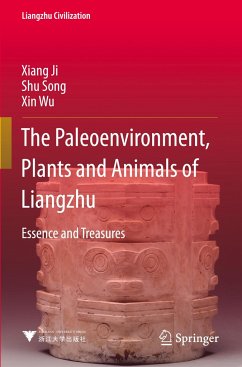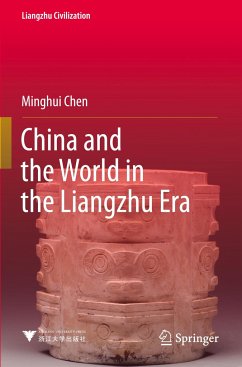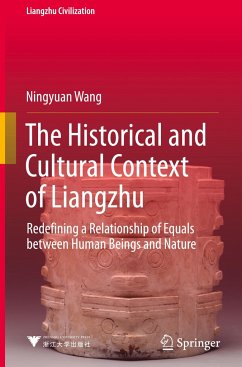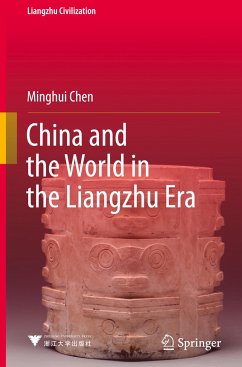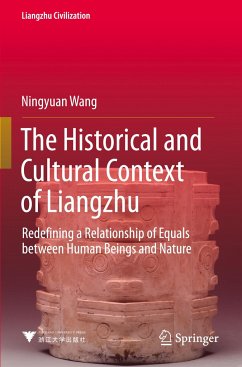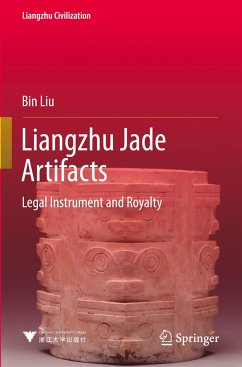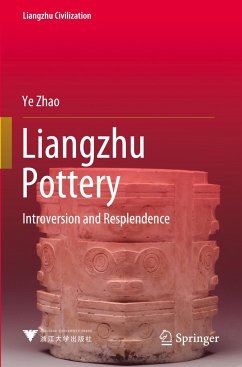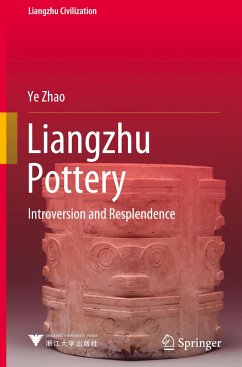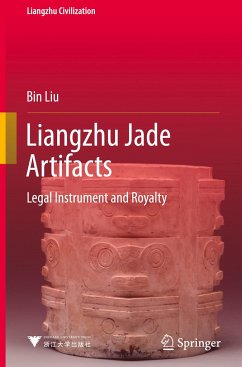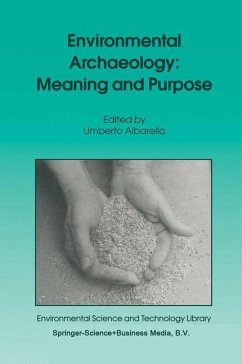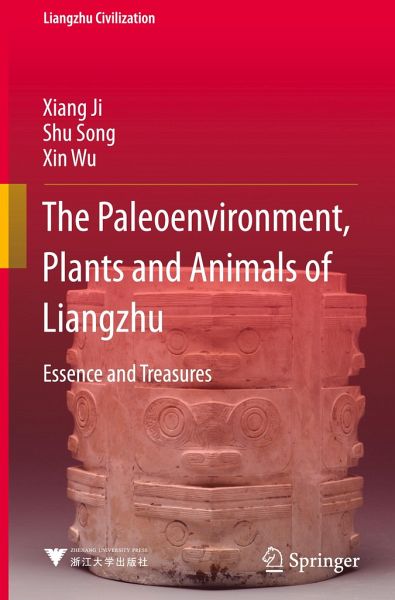
The Paleoenvironment, Plants and Animals of Liangzhu
Essence and Treasures
Versandkostenfrei!
Versandfertig in 6-10 Tagen
38,99 €
inkl. MwSt.
Weitere Ausgaben:

PAYBACK Punkte
19 °P sammeln!
This book summarizes the latest archeological findings on Liangzhu culture and outlines the rise and fall of Liangzhu society in terms of its environment, flora and fauna. In addition, it seeks to analyze the characteristics of animal breeding and agricultural cultivation in Liangzhu from the perspectives of archeobotany and archeozoology. In turn, it explores the dietary structure and population density, reaching the bold conclusion that the dramatic increase in population gave rise to environmental deterioration and to natural disasters that eventually destroyed the Liangzhu culture.
This book summarizes the latest archeological findings on Liangzhu culture and outlines the rise and fall of Liangzhu society in terms of its environment, flora and fauna. In addition, it seeks to analyze the characteristics of animal breeding and agricultural cultivation in Liangzhu from the perspectives of archeobotany and archeozoology. In turn, it explores the dietary structure and population density, reaching the bold conclusion that the dramatic increase in population gave rise to environmental deterioration and to natural disasters that eventually destroyed the Liangzhu culture.



